“I will never forget this interaction with a humpback whale and her calf in Tonga,” the nature photographer Chun Chau tells me. “While the mother rested at a deeper depth, all of a sudden, the baby calf swam up from the bottom at full speed and breached—a few feet in front of me—to play.”
For Chau, environmental advocacy goes hand-in-hand with his photography practice. Whether he’s documenting sharks in Tahiti, dolphins in Honolulu, or damselfish in Thailand, the goal remains the same: most of us will never get to see a humpback whale mid-breach, but through images, we can learn about these otherworldly animals and their vulnerable habitats.
“Photographers can play a role in raising awareness about the issues facing marine ecosystems,” Chau explains. “Every photo, caption, and share counts.” With that idea in mind, we’re sharing just a few jaw-dropping encounters with wildlife in a vast array of marine environments, from a tucked-away archipelago in the Indian Ocean to the coral reefs of Mexico.
Meet curious mammals, and discover the beauty of just-hatched sea turtles. Find magic in a tiny worm that resembles a Christmas tree. Dive into a 12,000-year-old jellyfish habitat, and get up close with a baby squid. And finally, a once-in-a-lifetime moment: Christian Miller had the opportunity to come face-to-face with the largest animal on Earth.
Visiting the portfolio of the nature and wildlife photographer Jocelyn Ho is like traveling to an alien world. At the time she photographed this baby squid in Tulamben, Bali, he was mere hours away from hatching. “As I photographed him, I watched one of his siblings break free,” she explains. “This was definitely one of the more challenging subjects I’ve ever photographed. The eggs, depending on the angle, were at times translucent and other times opaque.”
Joost van Uffelen, an underwater photographer and advocate for ocean conservation, encountered this sea lion pup in Los Islotes, an island off the coast of Baja California Sur. These curious sea lions live in a protected area, but as Joost has witnessed time and again, human activity has a ripple effect throughout our planet’s marine environments.
“Female sea lions along the Californian coastline currently have a hard time providing for their young since changes in sea temperatures seem to affect the presence of prey like sardines,” he wrote in 2015. As a result, the pups were being underfed. By sharing the stories behind their images, photographers can draw attention to the threats facing these magical animals—and pave the way for a more sustainable future.
“I think one of my most unusual underwater encounters was with American crocodiles down in Banco Chinchorro, Mexico,” the Hawaii-based landscape and nature photographer Leighton Lum tells me. “There’s something different about being in the water with these living dinosaurs. Knowing how powerful they are and yet learning to interact with them in their natural habitat was beyond anything I’d ever done.”
While on location, Leighton always follows leave-no-trace principles. “As a photographer, it is important to make sure we leave our shooting locations in the same condition or better than when we showed up, leaving no trace of our existence,” he says.
The photographer Warren Lo spotted this Christmas tree worm while visiting the island of Bonaire in the southern Caribbean. These tiny, tropical creatures live in coral reefs and have a lifespan of up to 40 years.
“My encounter with whale sharks near the Isla Mujeres in Mexico was extraordinary,” the underwater nature photographer Vincent Pommeyrol tells me. “Their behavior and the interactions I had with them touched me very much: they turn their heads toward you while looking at you. I found myself near their tail fins several times because of the turbulence while swimming, but they gently avoided me, taking care not to bump into me. These are animals of rare beauty.”
“The ever popular Jellyfish Lake in Palau [is] a saltwater lake cut off from the sea for the last 12,000 years, which has allowed this truly beautiful and unique situation to occur,” the photographer and scuba diver Lachlan Dunwoodie shares. “Thousands of jellyfish fill the lake and feed on a particular algae and are in turn preyed on by the anemone inhabiting the edges of the lake.”
Cleaner shrimp and moray eels enjoy a symbiotic relationship, as seen in this photograph by Peter Pinnock. “Here, a cleaner shrimp removes parasites from the mouth of a moray eel and gains a free meal,” the photographer shares. “In return, the eel does not eat the shrimp. Instead, he has a complimentary dental treatment.”
Serge Melesan calls Mayotte, a French archipelago nestled between Madagascar and the coast of Mozambique, “the lost paradise.” He hopes his work helps to share the story of this beautiful place and advocate for its protection amid threats wrought by climate change and overpopulation. This particular fish is no bigger than a grain of rice.
“The giant hammerhead shark is one of the most admirable creatures I’ve ever had the opportunity to dive with,” the photographer Kadu Pinheiro tells me. “They are majestic and imposing predators capable of hunting saltwater crocodiles that can reach up to five meters in length. I encountered them in Bimini in the Bahamas.”
He continues, “Underwater photographers take on the mission of revealing this underwater world to those who don’t have the opportunity to admire it with their own eyes. It’s our duty to raise awareness about the importance and protection of these environments.”
“I think this is my all-time favorite photo that I have taken,” the award-winning wildlife photographer Nadia Aly admits. “This is a hairy frogfish in the waters of Lembeh, Indonesia, taken with a snoot at night. I was lucky to find this beautiful animal and go back on a night dive to get this shot. He/she was sitting at a depth of 70 feet, with a slight current that helped lift the hairs the way they are shown.”
The photographer Jacques de Vos reveals the astonishing beauty and diversity of the False Bay kelp forest in South Africa. “As incredible as it might sound, you do not need to be a ‘diver’ to enjoy scenes like this one,” he says. “Kelp forests are by their very nature right against shore, and something like this can be found in shallow areas of less than two meters (6.5 ft) depth, only a stone’s throw from the coast, perfect for snorkeling.”
In the Mediterranean, you might be lucky enough to find the so-called “fried egg jellyfish,” photographed here in Begur (Catalonia) by David Antoja. “This jellyfish, one of the most colorful of the Mediterranean, is named so because of the shape of its hat,” the photographer explains [translated from the original Catalan].
The travel and conservation photographer Ian Rock had the opportunity to witness the work done by the Osa Conservation Sea Turtle Hatchery in Costa Rica, capturing the moment just before these Olive Ridley sea turtles were released into the ocean. “In 2018, the Osa Conservation Sea Turtle program relocated 451 Olive Ridley sea turtle nests to their hatchery, protecting them from predators and poachers and allowing thousands of babies to hatch in safety,” Ian explains.
The photographer Christian Miller saw blue whales in person while working with SnotBot, a modified consumer drone that collects whale “snot,” thereby providing invaluable information about the whales and their health. This non-invasive method means the whales don’t even know that data is being collected, so it has no effect on their health or behavior.
“Being face to face with the largest animal which ever existed is hard to top,” Christian explains. Then, he tells me, “Marine conservation is what I exist for. In order for us to create the changes we need to make to stop impacts on our oceans and marine life, we need to act from all different angles. Storytelling is an essential part of capturing people’s emotions, both love and grief. We protect what we love—and what we fear losing.”
Not on 500px yet? Click here to sign up.

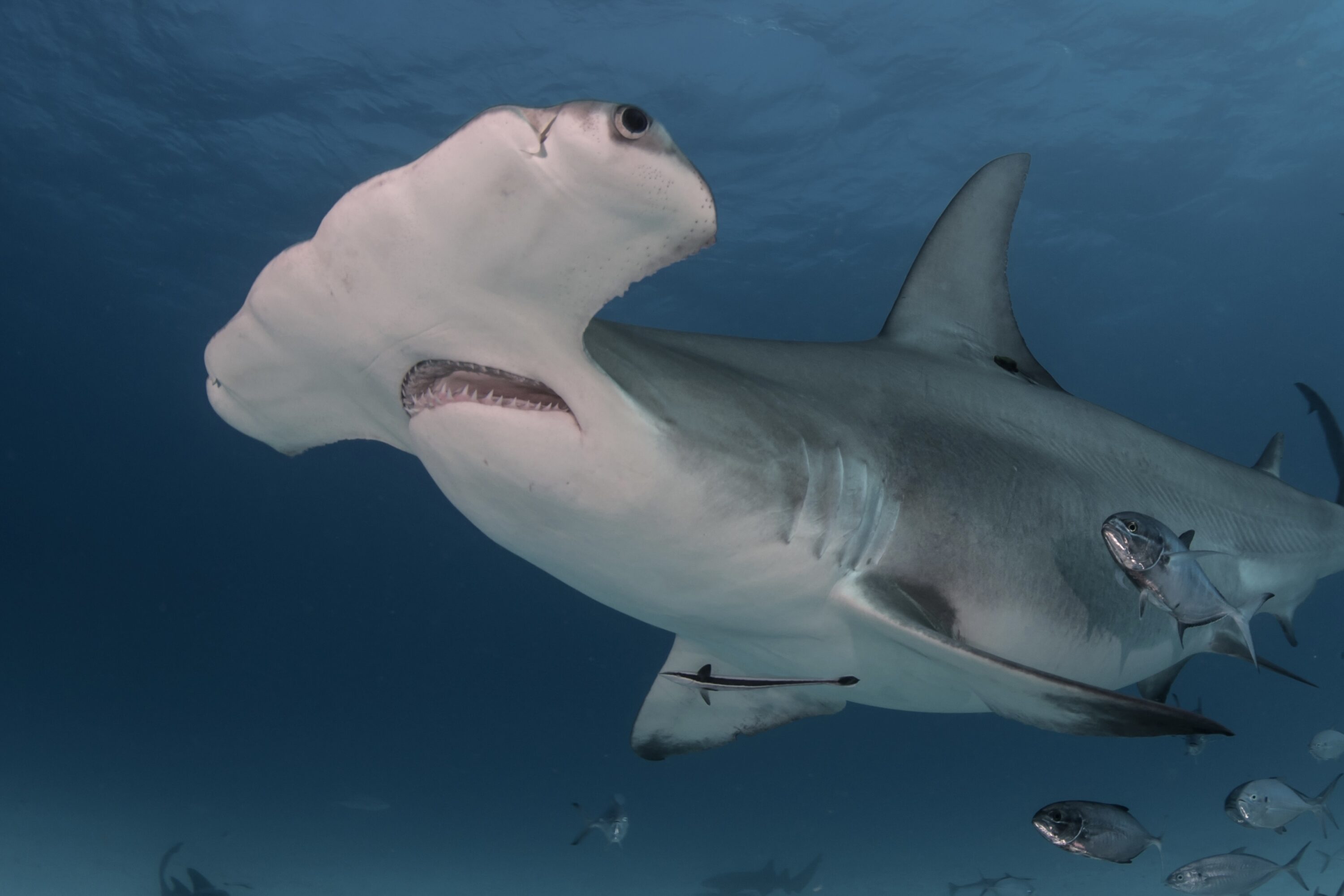
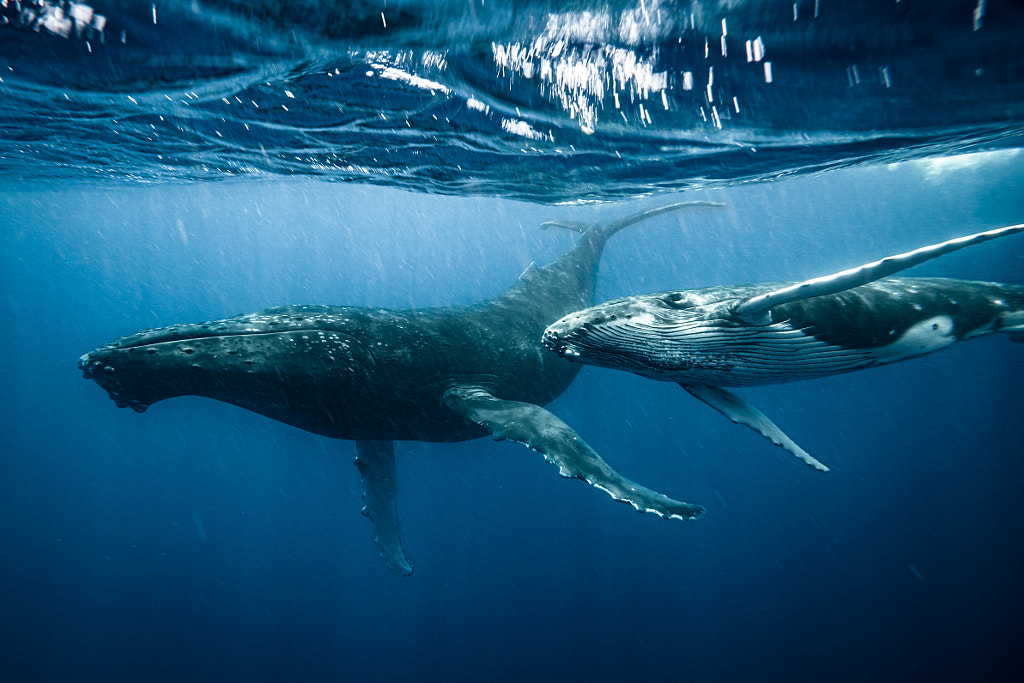
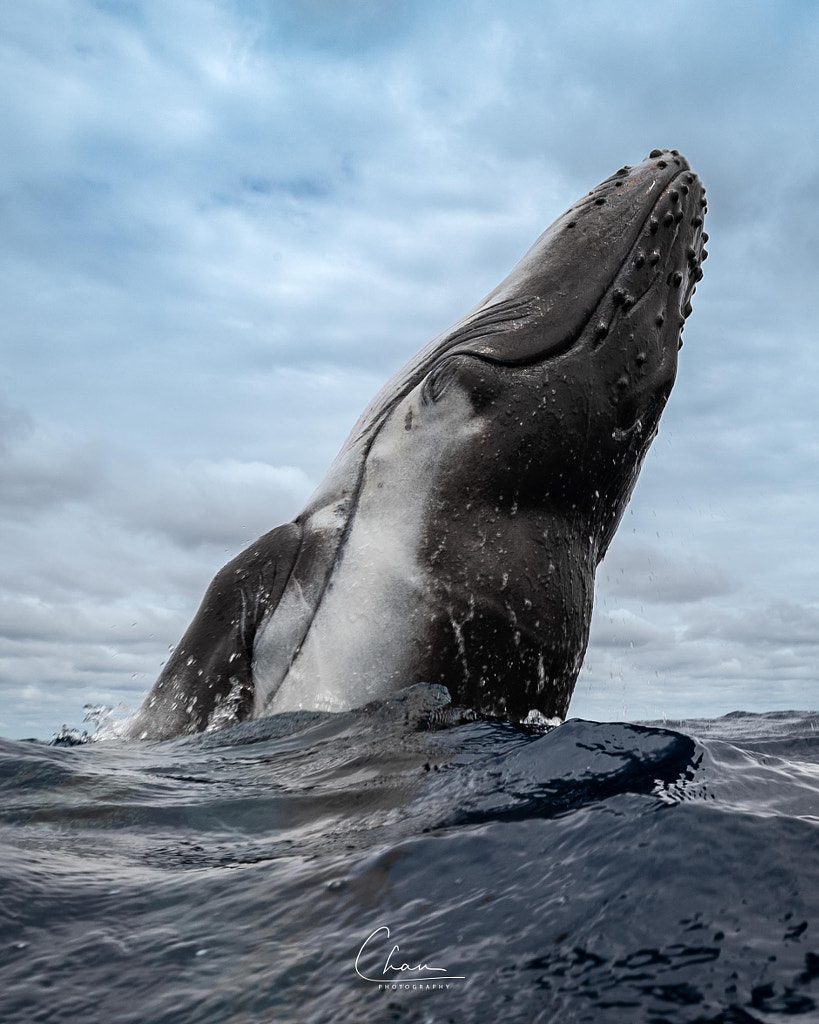
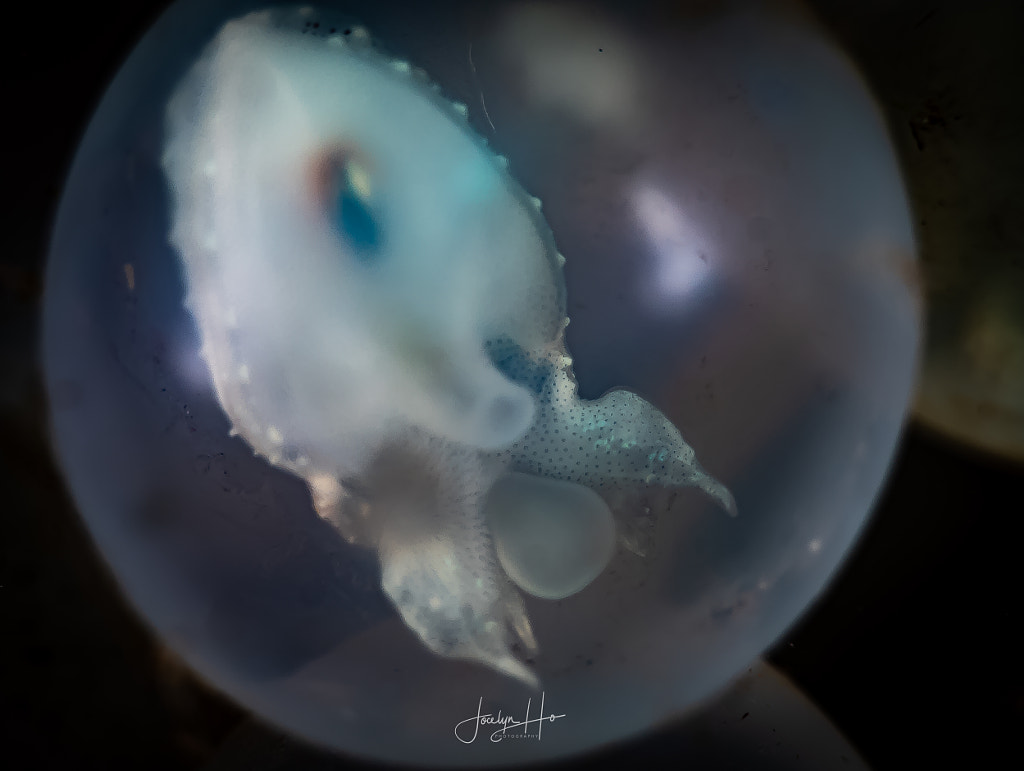
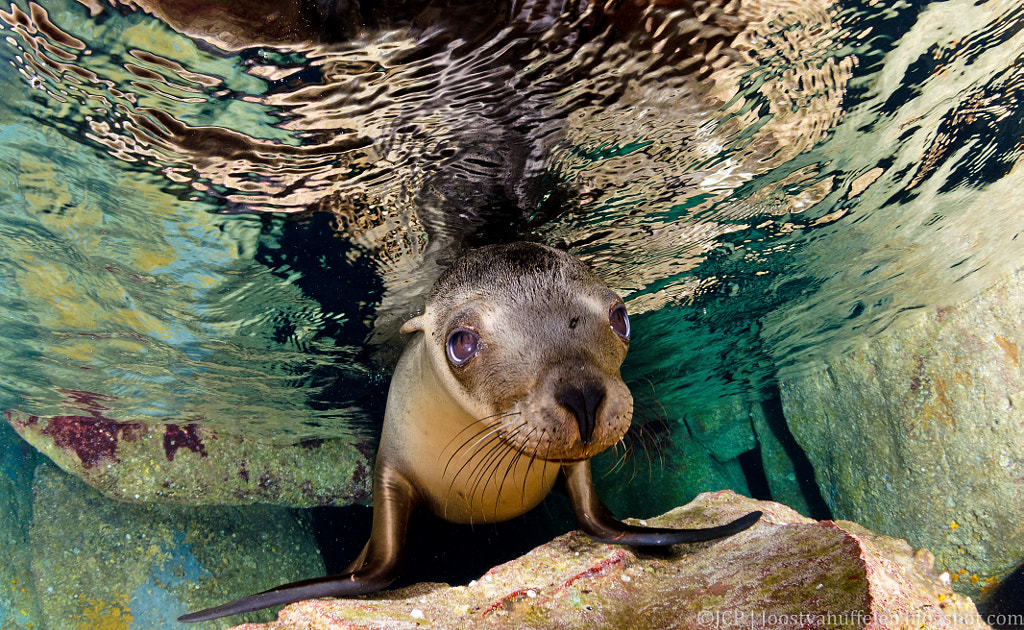
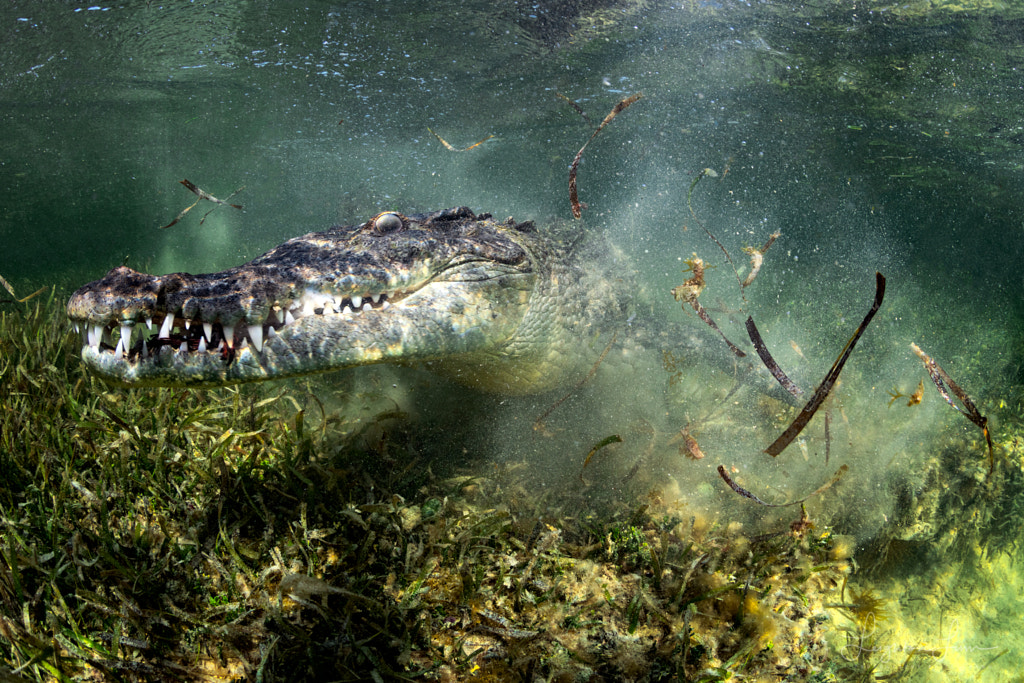


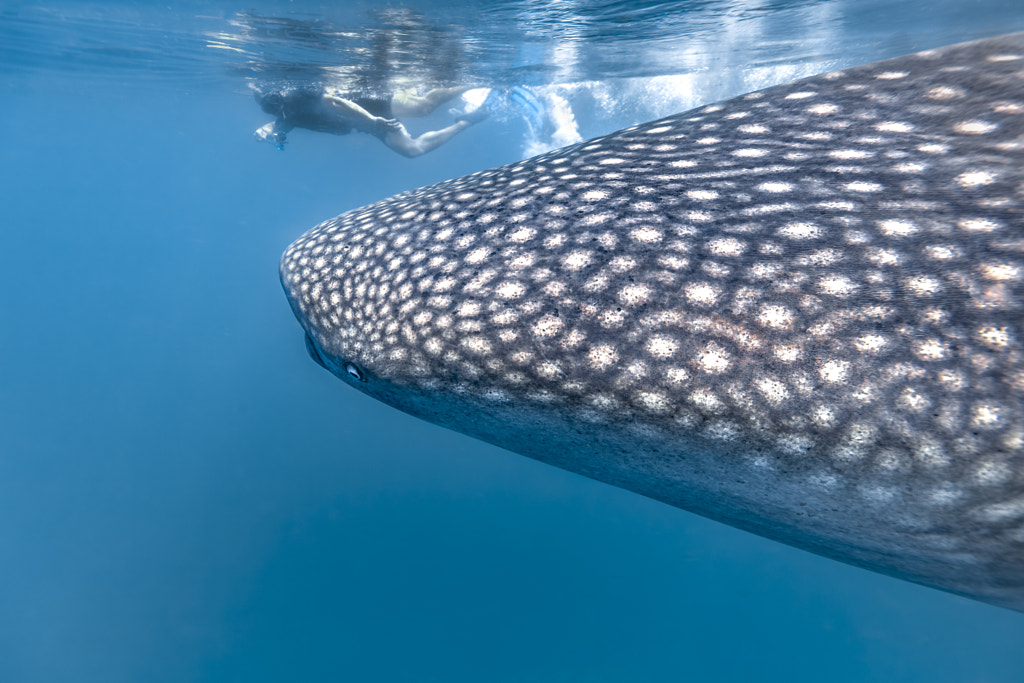

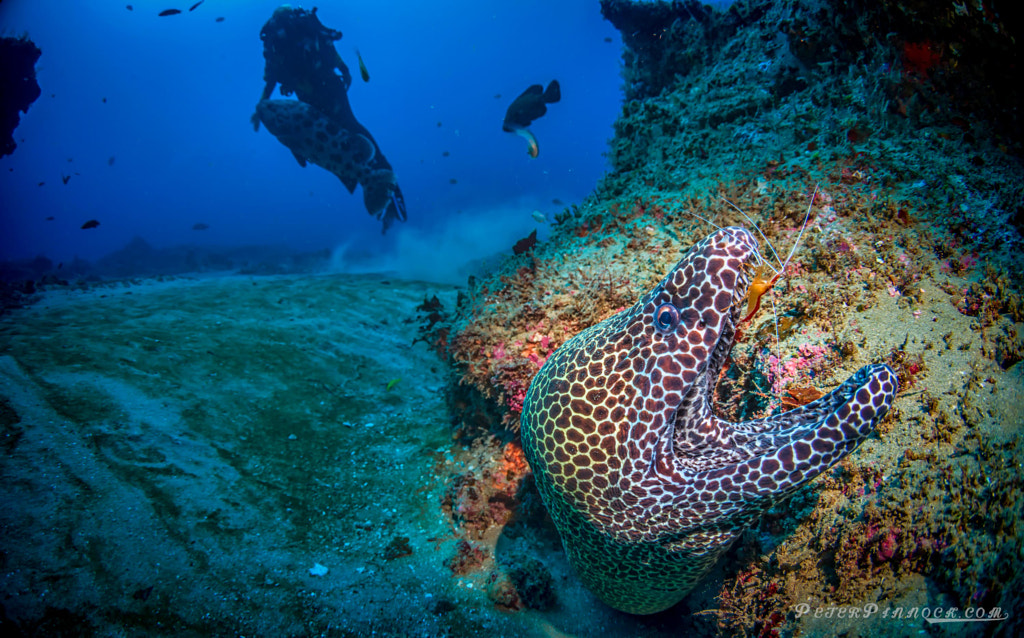
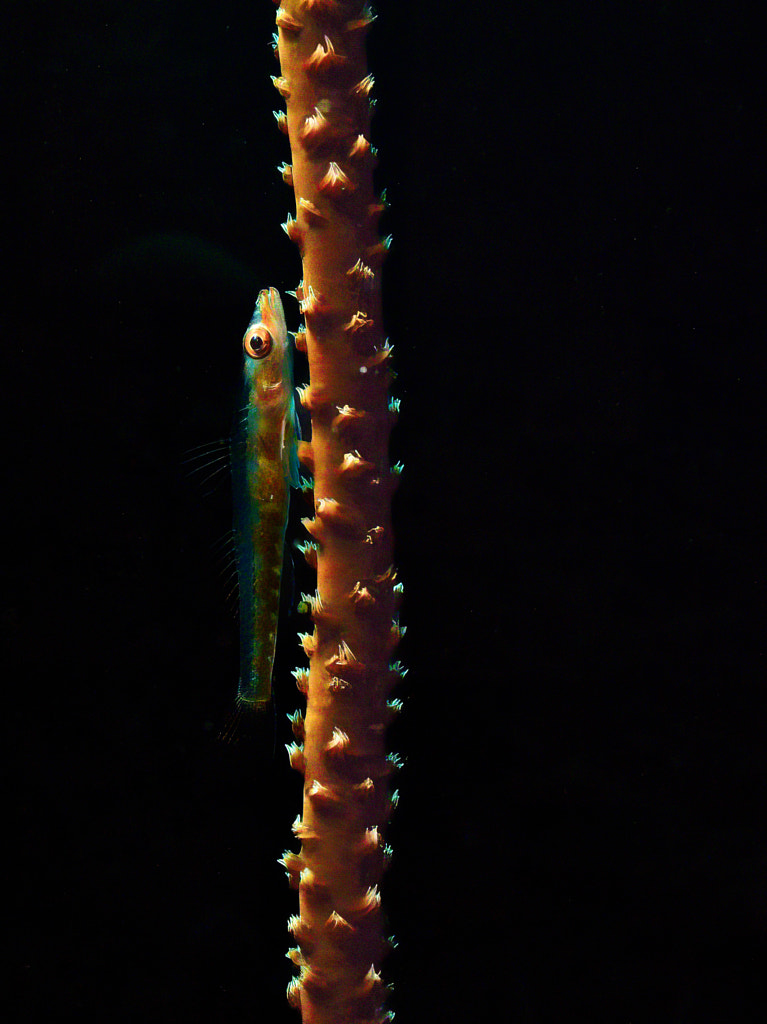
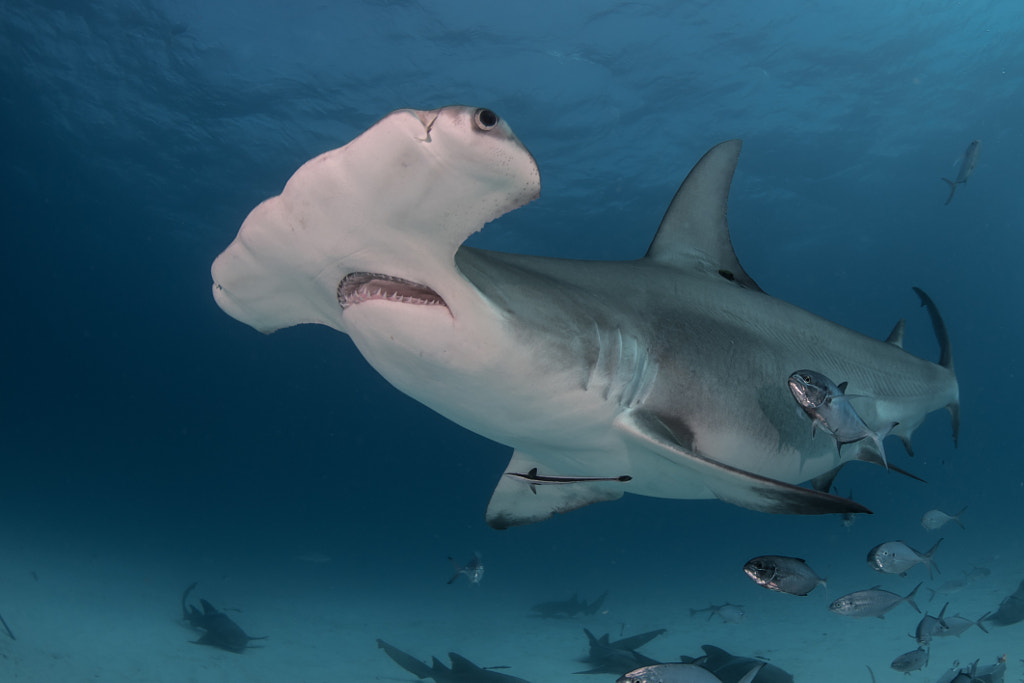
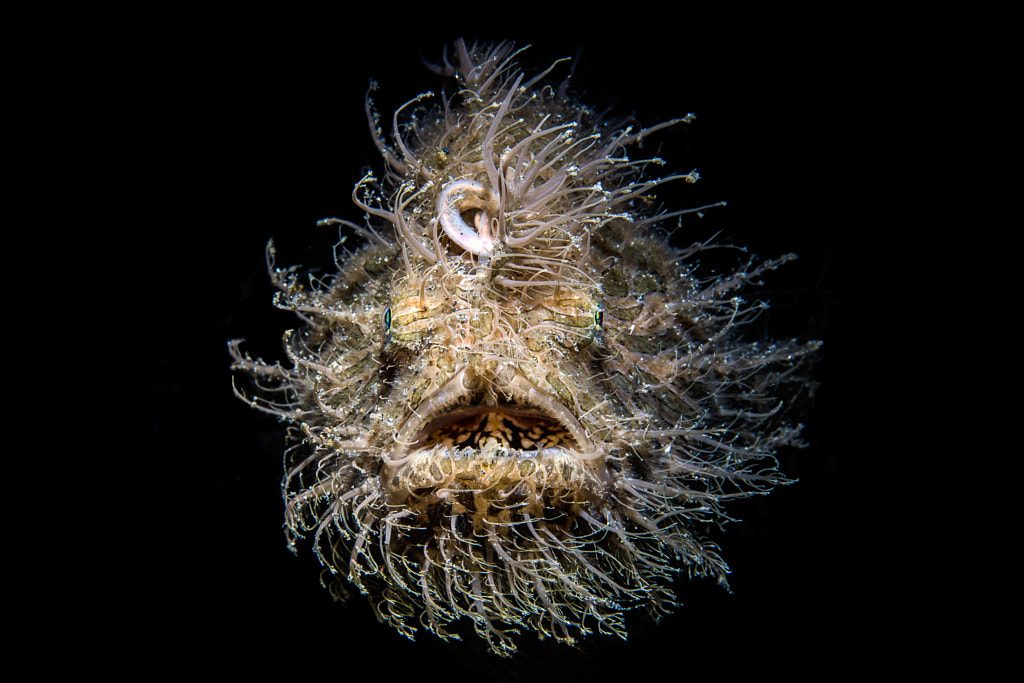
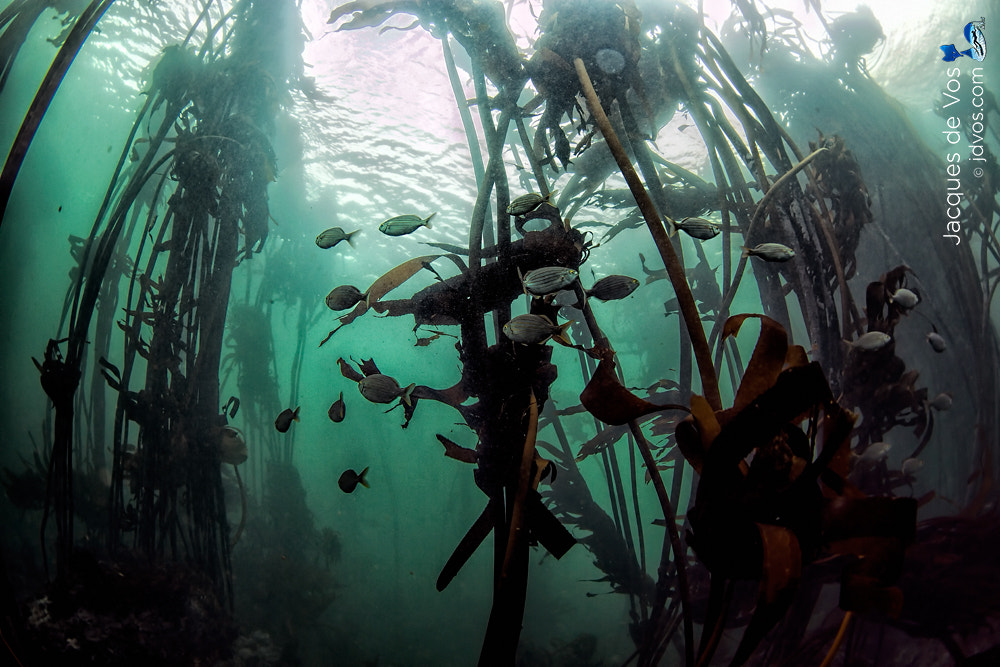
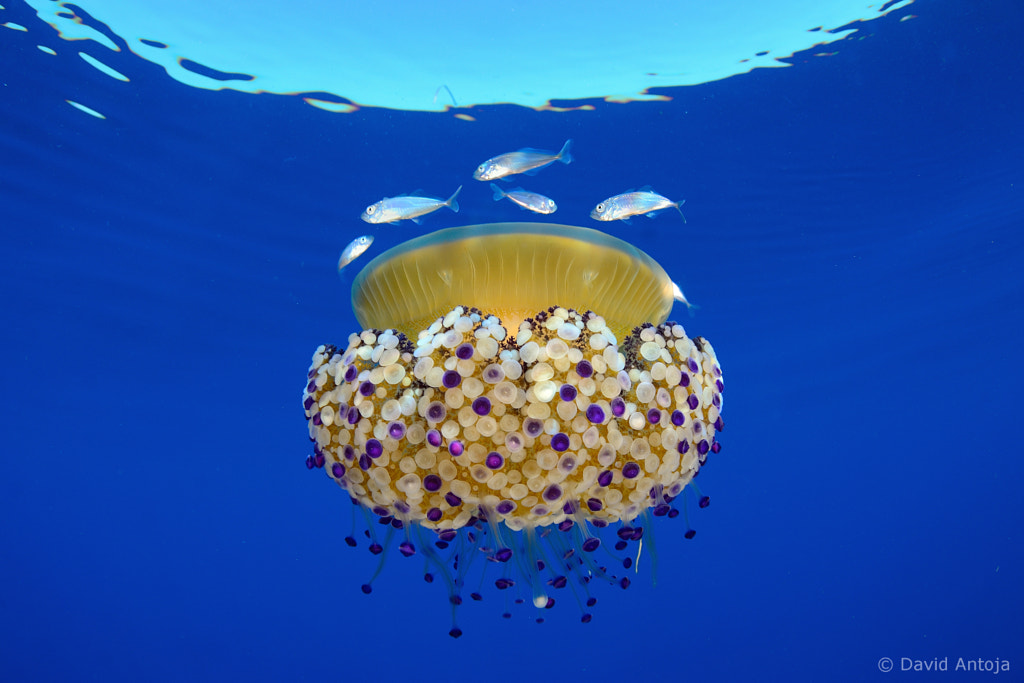
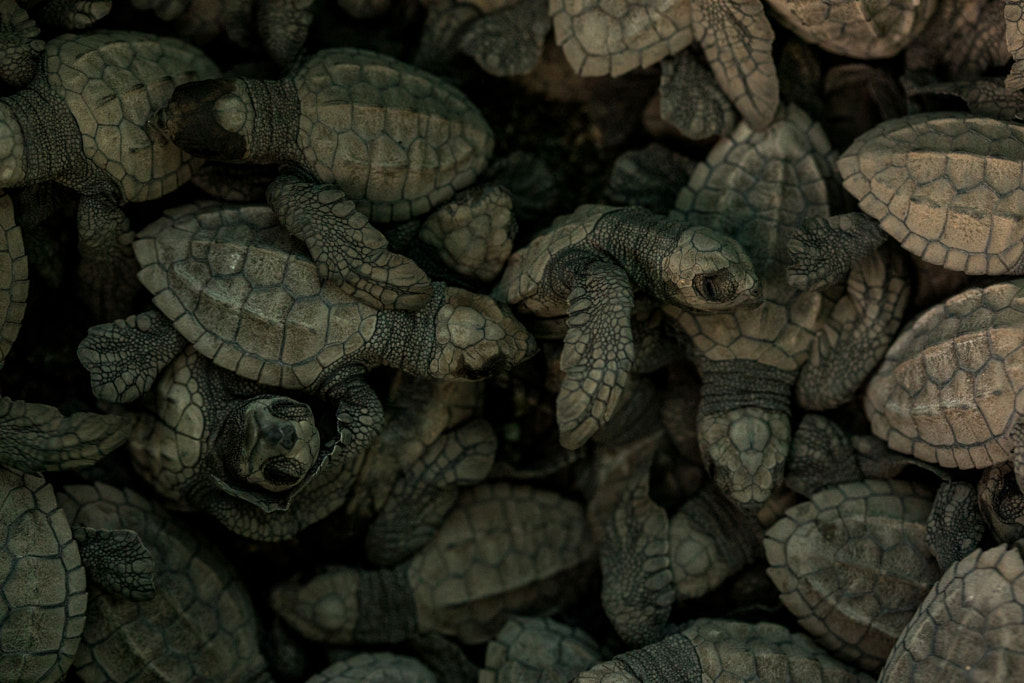
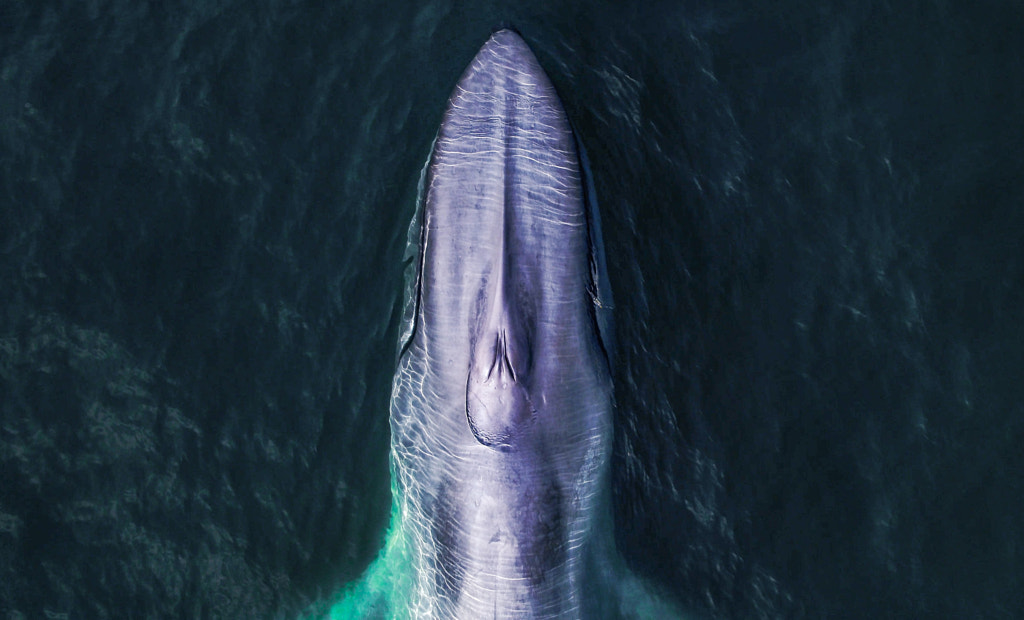

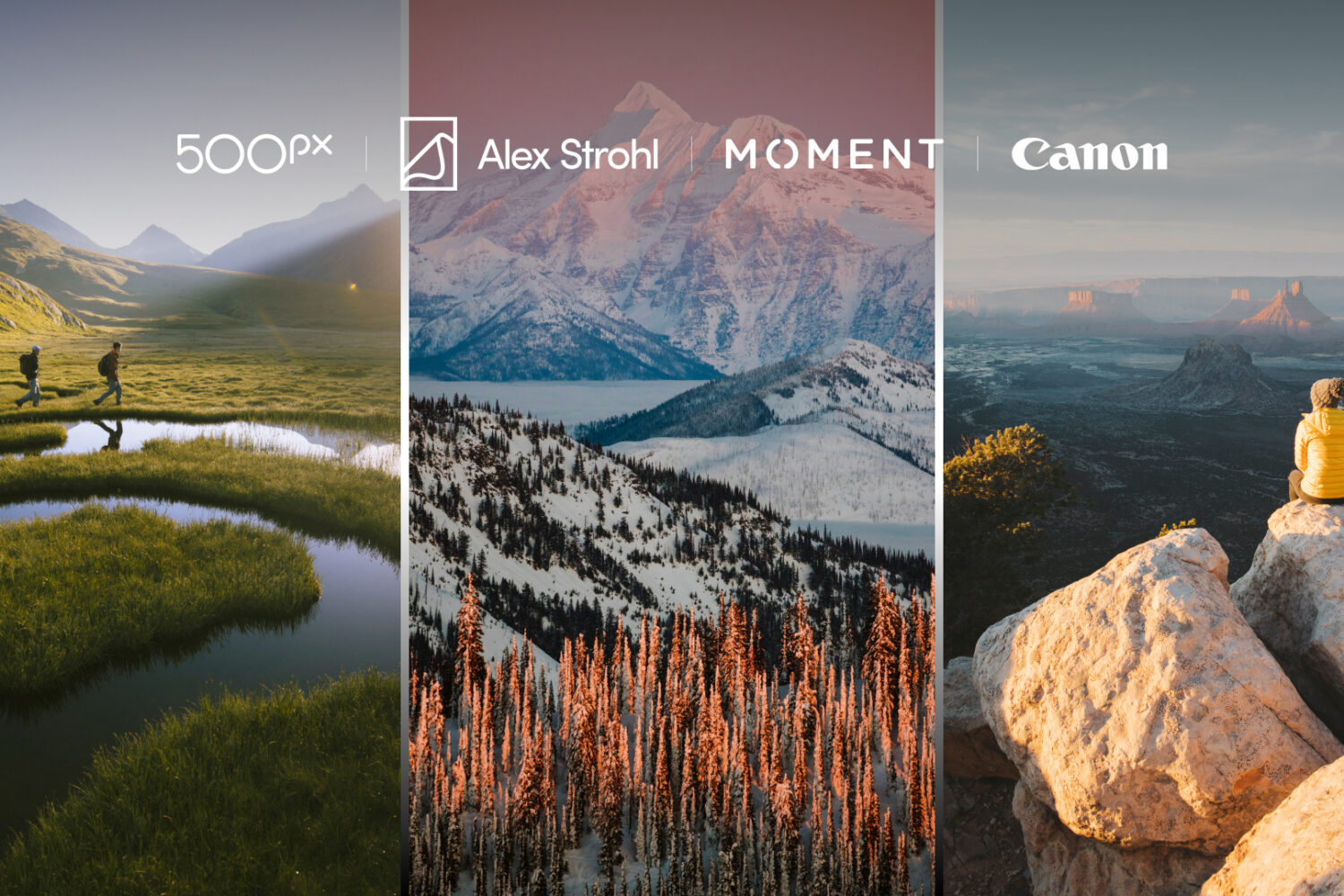
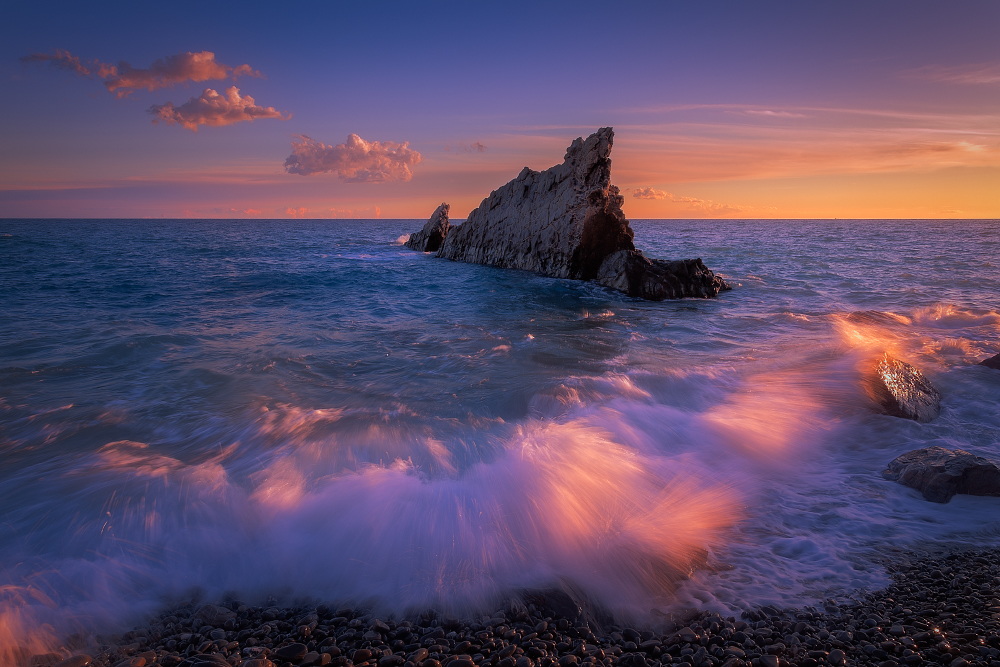

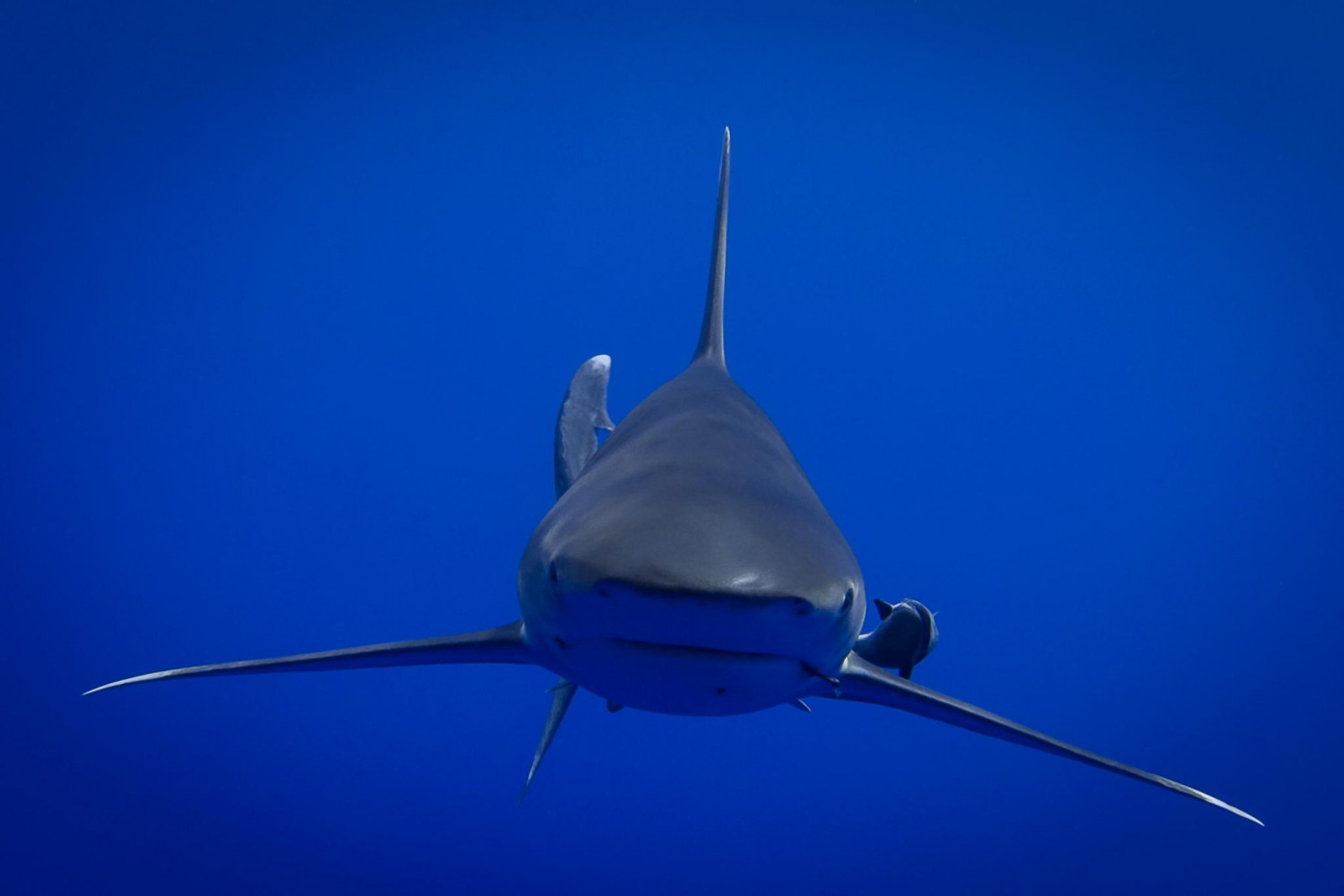
Leave a reply